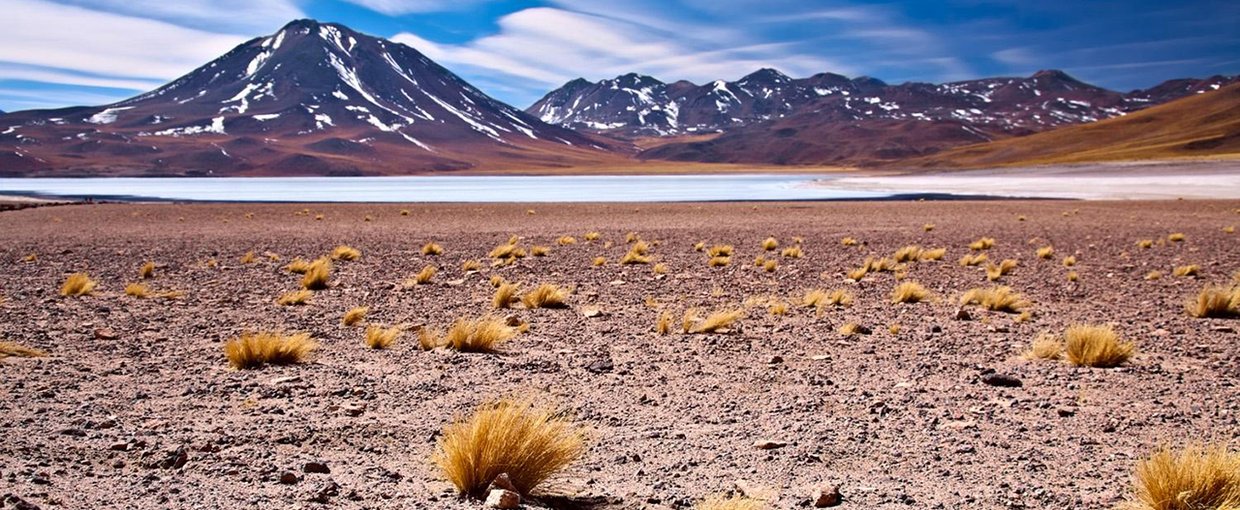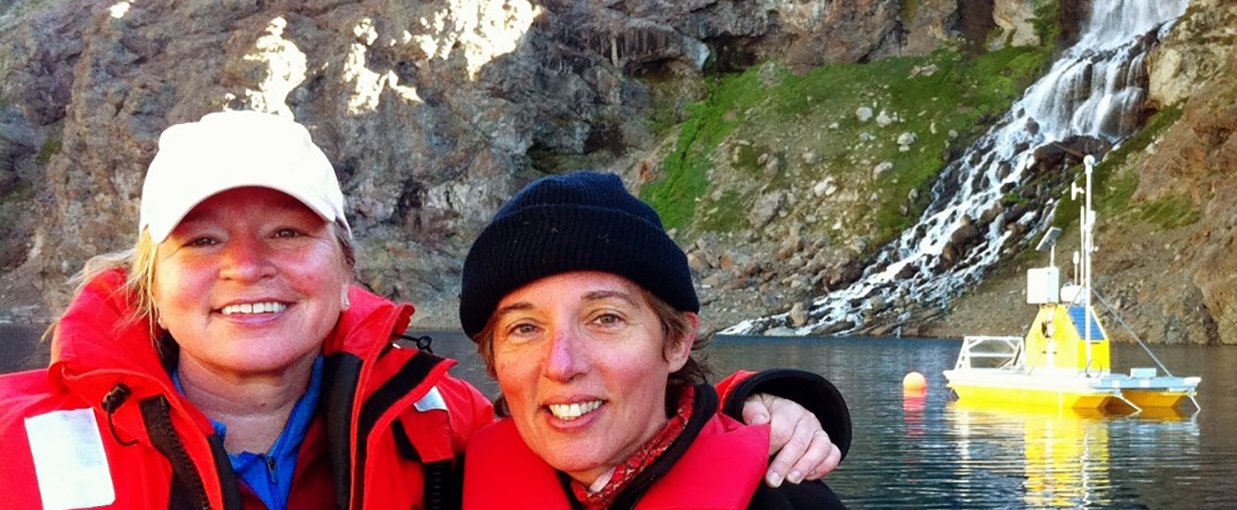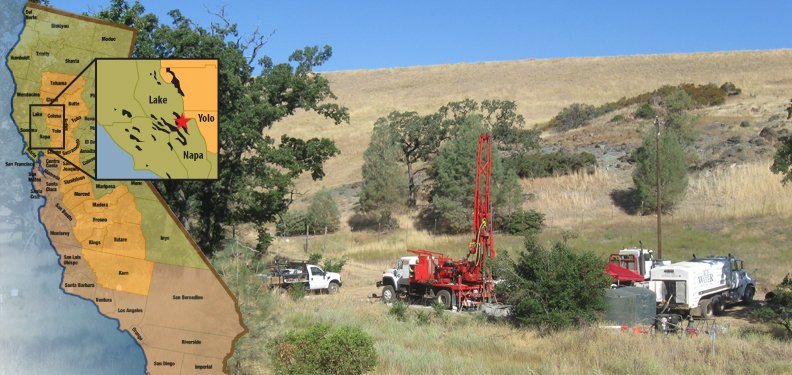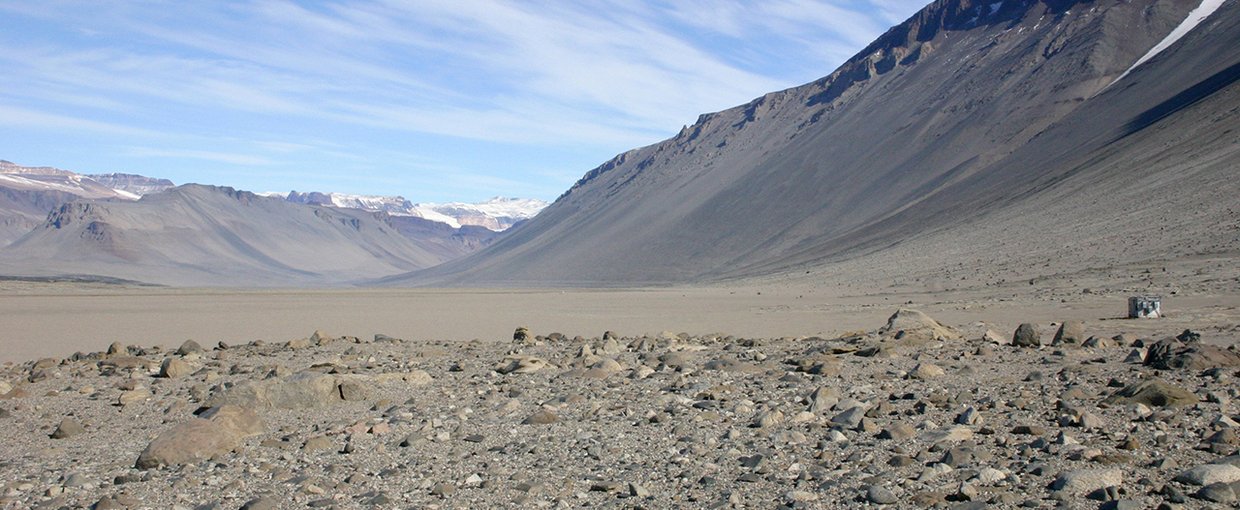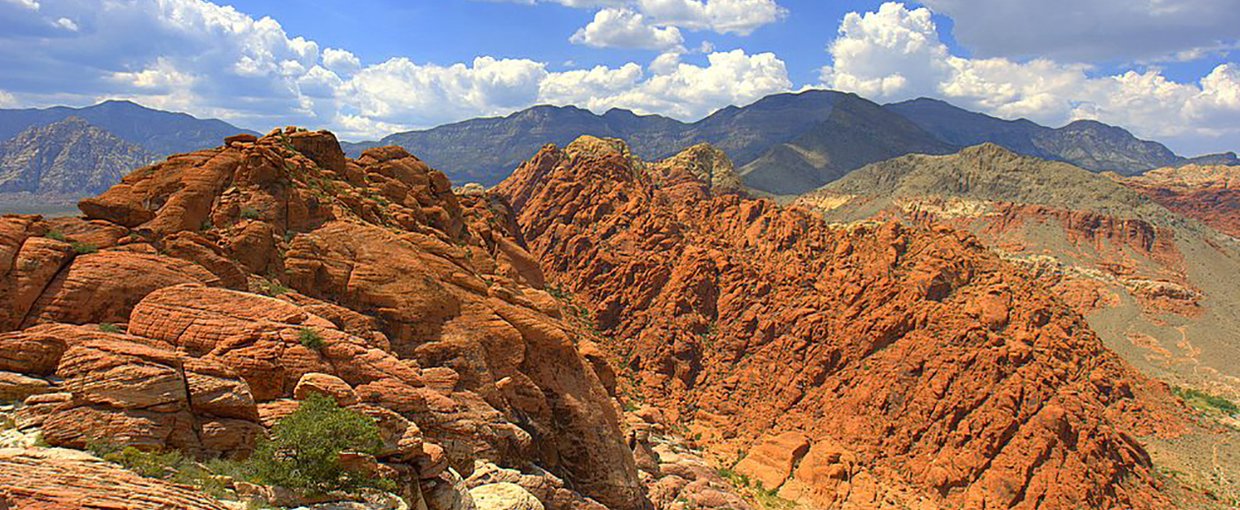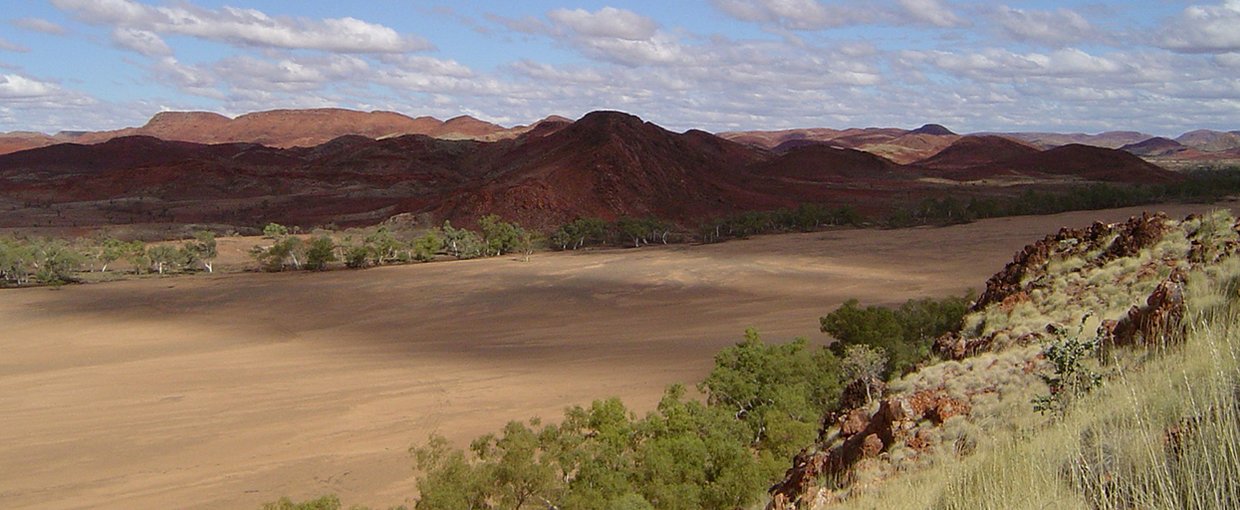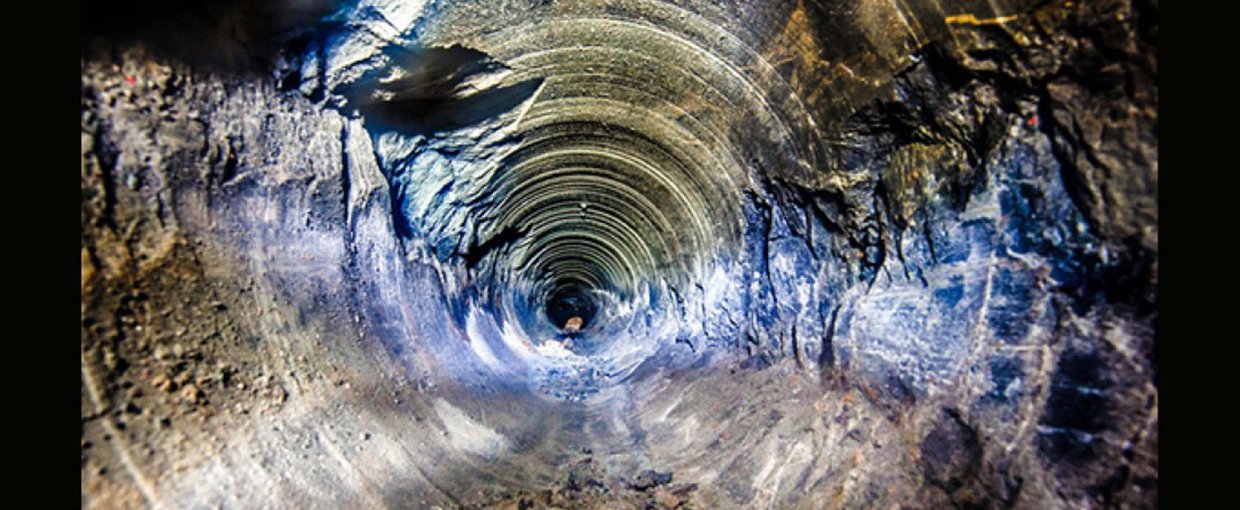OverviewOriginating in the Sierra de Huelva mountains of Andalusia, Spain's "red river" runs through the southwestern region of the country. For approximately five thousand years, copper, gold, silver and other minerals have been mined along the river, with dissolving iron giving it a strange reddish hue.
Extremophile aerobic bacteria in the water provide conditions similar to those found in other areas in the solar system. Jupiter's moon Europa, for example, is thought to contain an acidic ocean underneath its surface. Life in the Rio Tinto - the bacteria feed on iron and sulfide minerals in the river's subsurface rocks - make the likelihood of life on Europa all the more possible.
ResearchResearch from work at Rio Tinto using a sophisticated technique that analyses the three stable isotopes of oxygen and their relationship to each other, has recently shown that the oxidation of sulfite governs the oxygen isotope composition of sulfate. This work will be of significant importance in helping to understand the conditions of the formation of ancient minerals.
An airborne remote survey of Rio Tinto has monitored the progress of the metabolic process in which iron is oxidized by bacteria. Progress has been made in linking orbital observations with those made by the MER and MSL rovers on Mars with field research at Rio Tinto, and detailed laboratory experiments that constrain the relationship between mineral combinations and their signatures advancing our ability to detect organics or “biosignature”.
Related LinksLife Under a Spanish Red River, By Astrobio – Apr 10, 2003
http://www.astrobio.net/topic/origins/extreme-life/life-under-a-spanish-red-river/
Atlas Obscura – Rio Tinto (Red River)
http://www.atlasobscura.com/places/rio-tinto
SERC – Microbial Life Educational Resources – Rio Tinto
http://serc.carleton.edu/microbelife/topics/riotinto/index.html
